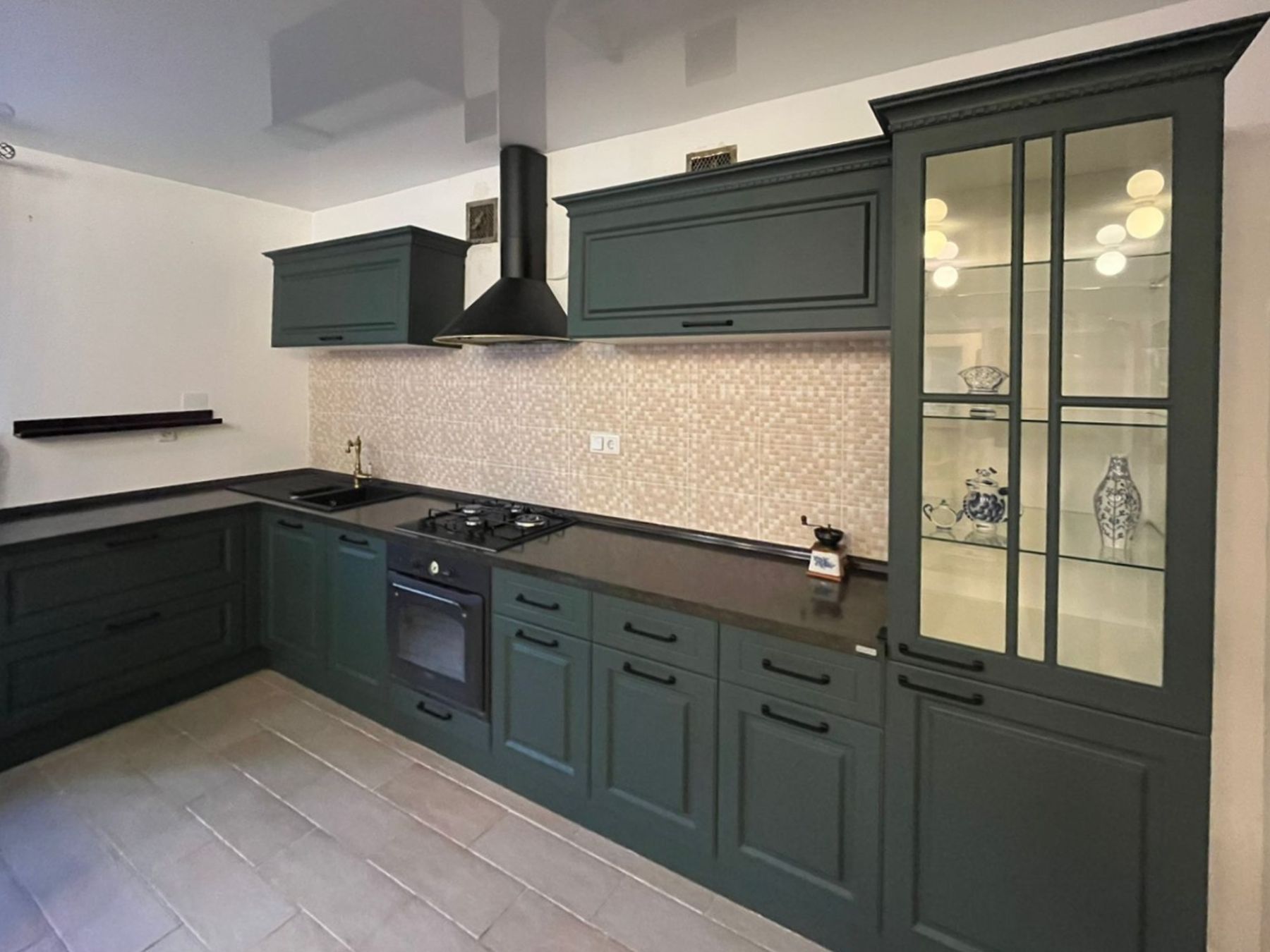
The Evolution of Culinary Spaces
Over the past few years, culinary spaces have undergone a remarkable transformation. No longer confined to the traditional settings of restaurants and home kitchens, these innovative spaces are redefining where and how people cook, eat, and interact. The current trend transcends mere food preparation, focusing on multi-functional areas that support social connection, sustainability, and culinary experimentation.
Combining Function and Form
Designers and culinary entrepreneurs are now merging aesthetics with practicality, creating spaces that are as beautiful as they are functional. These modern kitchens boast advanced equipment alongside stylish furnishings and sustainable materials, catering to amateur chefs, seasoned foodies, and professional culinarians alike. Innovations such as mobile kitchen islands, retractable countertops, and modular storage systems enable customizable and adaptable spaces tailored to the changing needs of users.
Technology in the Culinary Realm
The integration of technology is key to the innovative culinary spaces of today. Smart kitchen appliances that communicate with each other, precision cooking devices like sous-vide machines, and interactive surfaces providing recipes and cooking tips are just a few examples of how tech is enhancing the culinary experience. This not only makes cooking more accessible but also opens doors for creativity and new culinary techniques in the comfort of one's own home or community space.
Emphasis on Community and Learning
Modern culinary spaces are increasingly focused on fostering community and providing educational opportunities. Cooking classes, farm-to-table workshops, and food incubators allow individuals to share their passion while learning from others. These social environments are not just about preparing food; they're about building relationships, encouraging sustainability, and promoting healthier lifestyles.
Sustainability and Locality
Sustainability is at the heart of the new wave of culinary spaces. From vertical gardens and compost stations to the use of local and ethically sourced ingredients, these spaces encourage responsible cooking practices. Chefs and home cooks alike are now able to reduce their carbon footprint, minimize waste, and support local economies through an enhanced awareness and integration of sustainable practices within their cooking environments.
The Future of Culinary Spaces
As we look to the future, we can expect the continued evolution of innovative culinary spaces. These areas will further break down the barriers between indoor and outdoor cooking, offer state-of-the-art experiences, and provide platforms for global culinary exchange. With an emphasis on personal well-being, environmental sustainability, and cultural diversity, the next generation of culinary spaces promises to revolutionize the way we think about cooking and dining.